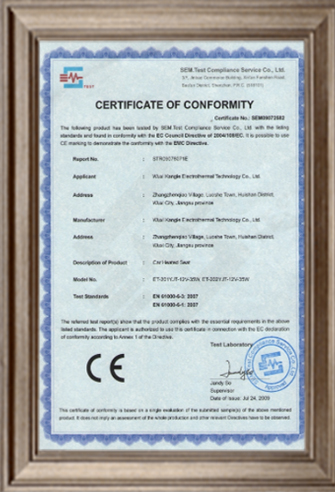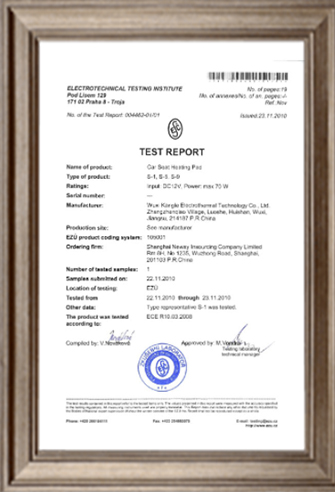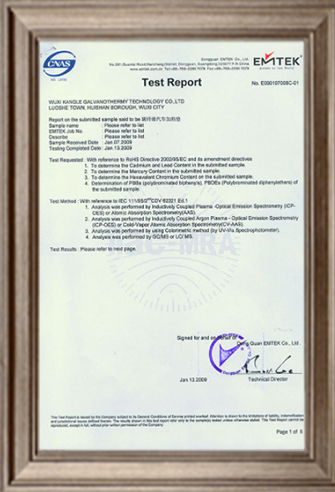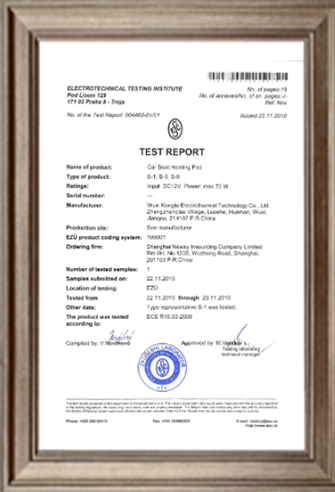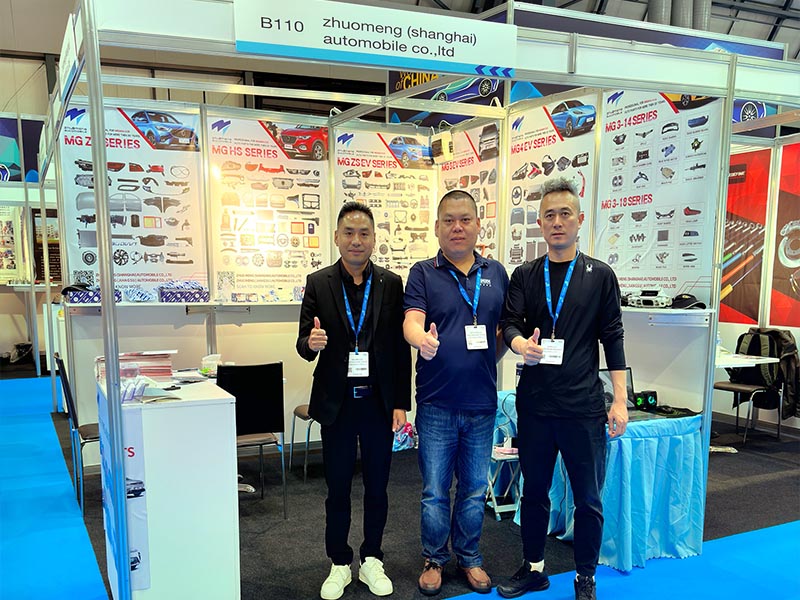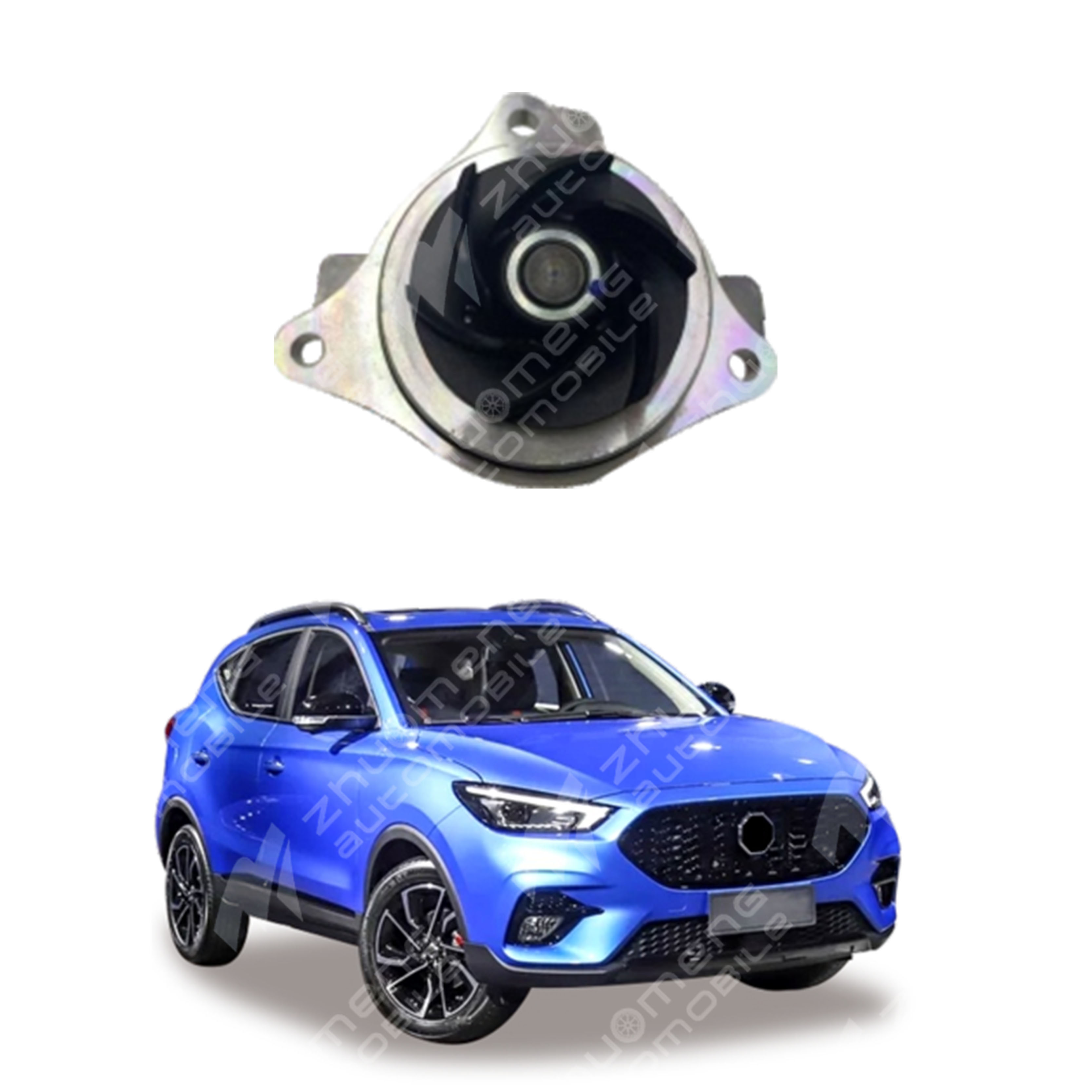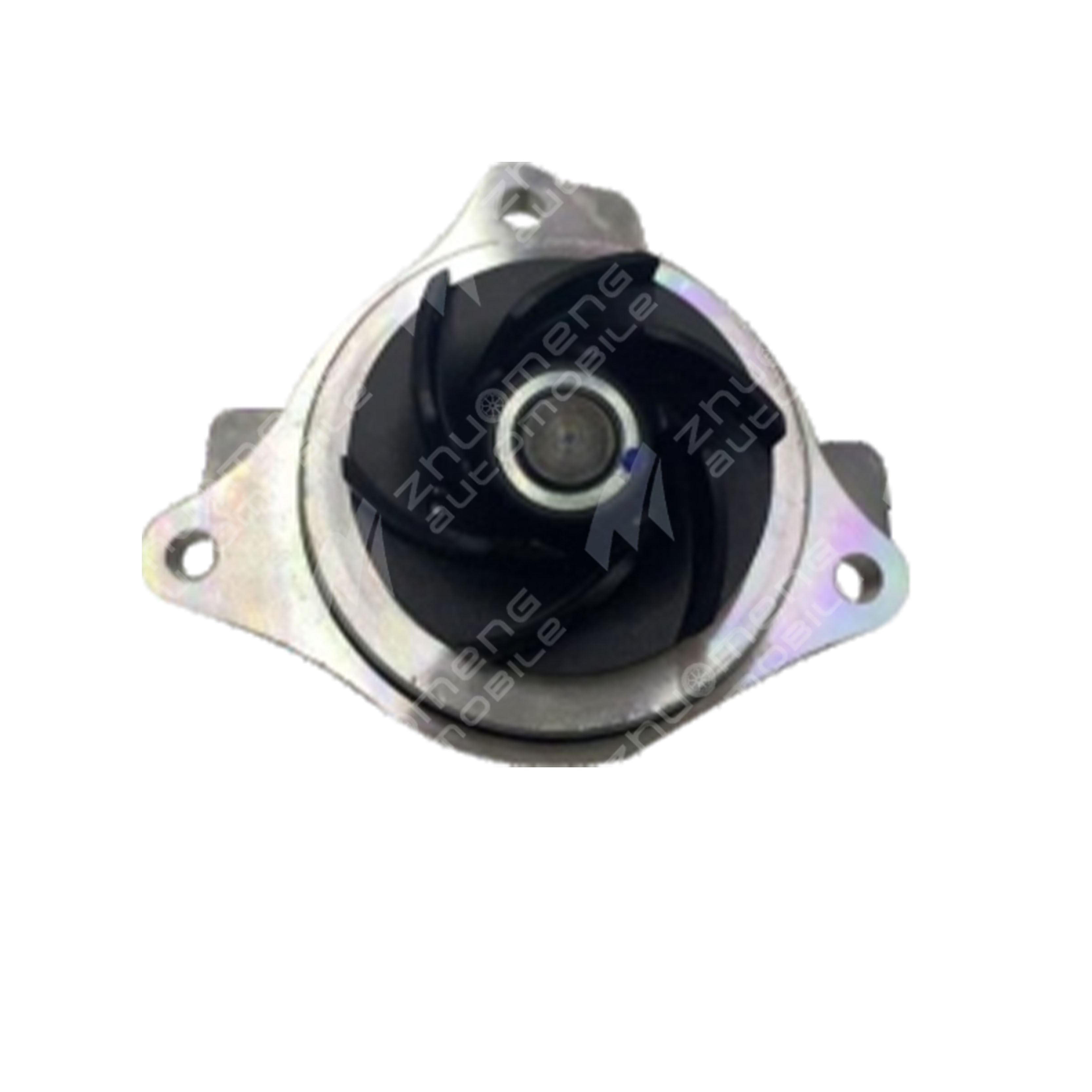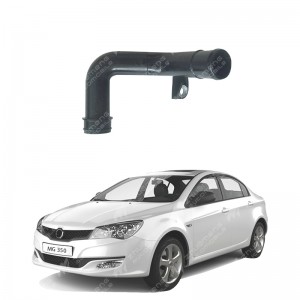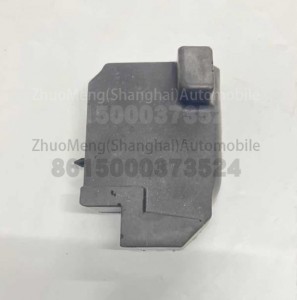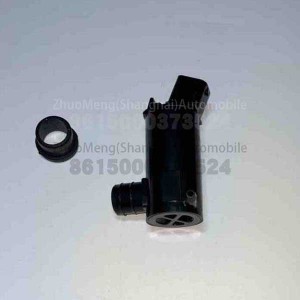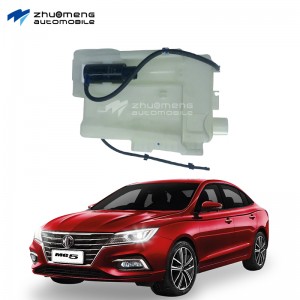Working principle of automobile water pump.
The working principle of the automobile water pump mainly relies on the engine to drive the bearing and impeller of the water pump through the pulley. Inside the pump, the coolant is driven by the impeller to rotate together, and is thrown to the edge of the pump housing under the action of centrifugal force, while generating a certain pressure, and then flows out from the outlet or water pipe. In the center of the impeller, because the coolant is thrown out and the pressure drops, the coolant in the water tank is sucked into the impeller through the water pipe under the pressure difference between the inlet of the pump and the center of the impeller to achieve the reciprocating circulation of the coolant.
The pump housing is connected to the engine through a washer to support moving parts such as bearings. There is also a drainage hole on the pump housing, located between the water seal and the bearing. Once the coolant leaks through the water seal, it can be discharged from the drainage hole to prevent the coolant from entering the bearing chamber, destroying the lubrication of the bearing and causing component corrosion.
The sealing measures of the water pump include water seal and gasket, the water seal dynamic seal ring and shaft are installed between the impeller and the bearing through interference fit, and the water seal static seal seat is pressed on the pump shell to seal the coolant.
The types of automotive pumps include mechanical pumps and electric drive pumps, and the drive of mechanical pumps can be divided into timing belt drive and accessory belt drive. At present, most cars on the market use mechanical pumps. Electronic water pump is a kind of water pump driven by electricity, used to cool the engine and lubrication system in the liquid, it is composed of motor, pump body, impeller, etc., can automatically adjust the flow to ensure the normal operation of the engine.
Car water pump leakage.
Car pump leakage is usually manifested as a decrease in coolant and an increase in engine temperature. The causes of water leakage are various, including internal sealing ring fracture, water pipe connection leakage, water pump pumping leakage (such as water seal leakage), long-term leakage may be due to the upper pipe is not installed check valve, etc. Solutions include replacing a new pump, reassembling the pump after disassembly to ensure the tightness of the connection, replacing the water seal to ensure the normal operation of the pump, and installing a check valve to prevent water leakage.
If the water leakage of the car pump is not treated in time, it may cause the engine to boil or even damage. In daily maintenance, attention should be paid to the sufficient capacity of the pump coolant, and the pump should be checked once every 20,000 kilometers. If the water pump is found to be leaking, it is recommended to go to the professional auto repair shop in time for maintenance and replacement, so as not to affect the normal operation of the engine.
During the repair process, if the pump leaks, it may be necessary to replace the entire pump assembly or only the pump housing to save costs. The replacement of the water pump usually involves the removal of components such as the timing front cover, so special attention should be paid to avoid problems such as skipping teeth during operation.
Engine pump is broken what symptoms will the vehicle have?
01 Engine noise
Noise in the engine area is an obvious symptom of a broken water pump. This noise is usually caused by damage to the internal bearing of the pump or the impeller is loose and detached from the rotating shaft. When you hear low friction noise, you should immediately stop and check, because this may be a sign of damage to the pump bearing. If it continues to drive, it may lead to a complete strike of the pump, which in turn affects the cooling effect of the engine and increases the cost of later maintenance. Therefore, once this noise is found, the corresponding parts should be repaired in time to avoid more serious consequences.
02 The idle speed is unstable
Idling instability is an obvious symptom of engine water pump failure. The car pump is connected to the engine via a belt and is responsible for pumping cold water out of the tank to cool the engine. When the pump rotation problems, such as increased rotation resistance, will directly affect the speed of the engine. This effect is particularly pronounced at idle, as shown by the speed bounce after starting. Especially in winter, because the engine needs more help when it starts cold, this speed beat may be more serious, and may even cause the vehicle to stall. Therefore, if the vehicle is found to be unstable at idle, especially after starting or in winter, it should be considered to check whether the pump is damaged.
03 Water temperature is too high
Excessive water temperature is a direct symptom of engine water pump failure. When the pump fails, such as lost rotation or leakage, the flow of antifreeze will be hindered, resulting in reduced heat dissipation of the engine. In this case, the vehicle is prone to "lack of antifreeze" and "engine high temperature" alarm prompts. In order to confirm whether it is the pump problem, you can observe the liquid flow in the tank when the fuel door, if the water is flowing, it means that the pump is working normally. At the same time, it is also necessary to check whether the pump has leakage phenomenon and listen to whether there is abnormal sound.
Please call us if you need such products.
Zhuo Meng Shanghai Auto Co., Ltd. is committed to selling MG&MAUXS auto parts welcome to buy.


